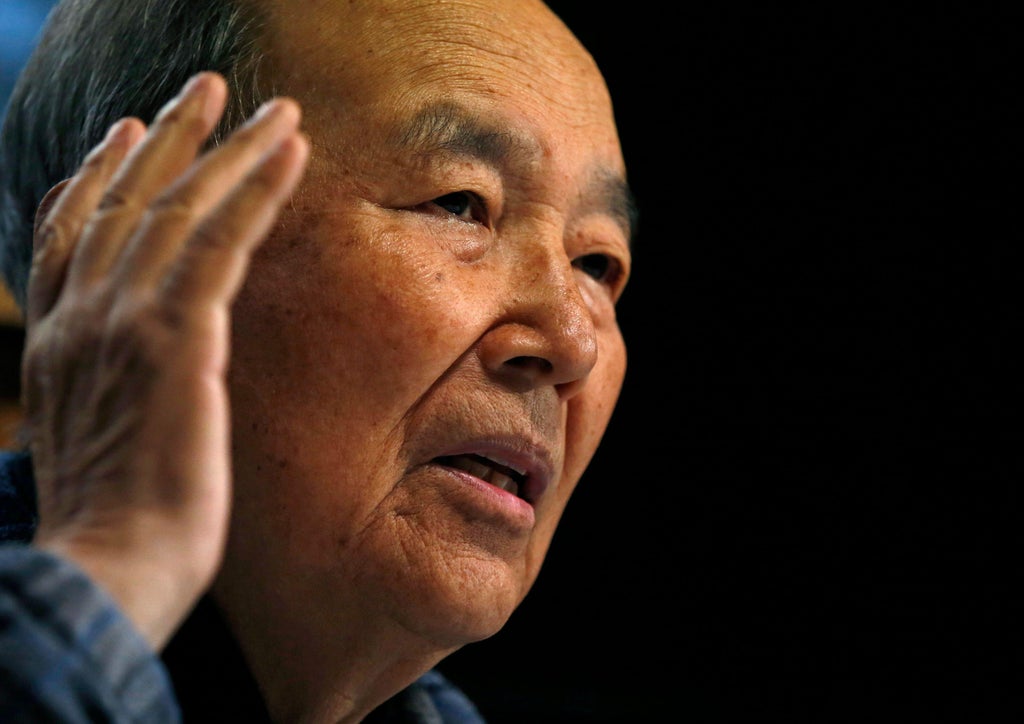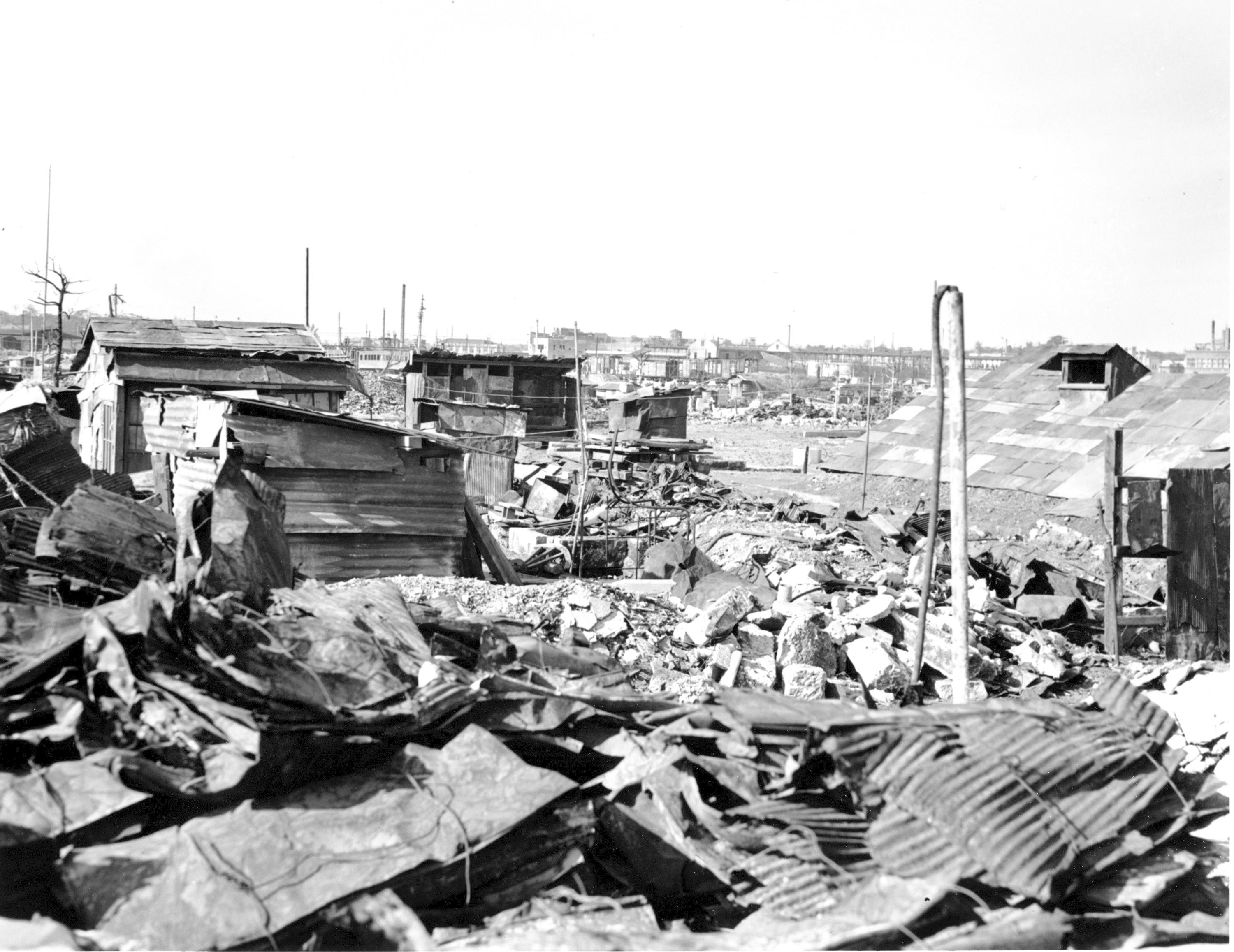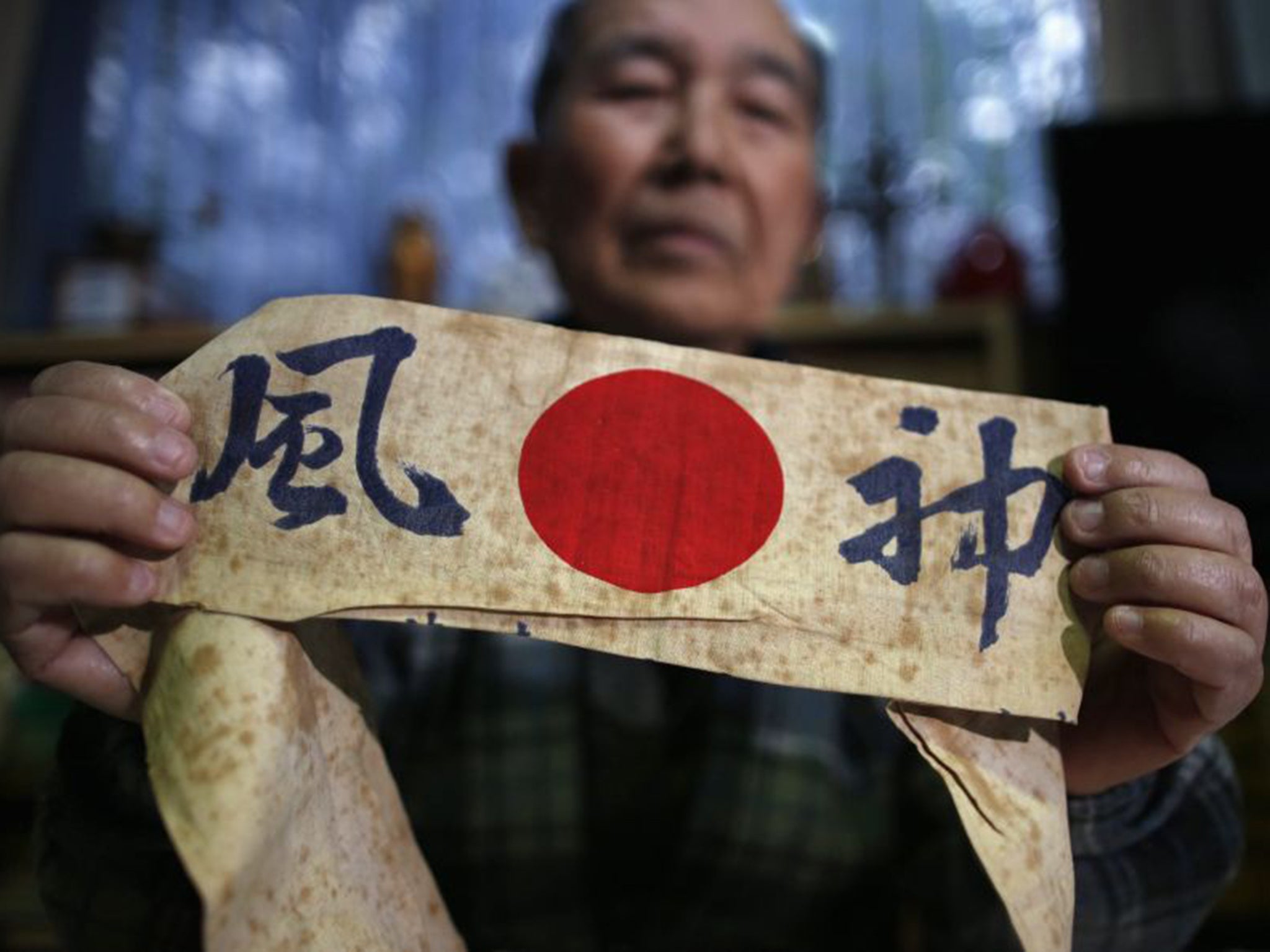
Katsumoto Saotome, who as a 12-year-old schoolboy survived the American firebombing of Tokyo during the Second World War and later spent decades chronicling in books and documentary films the largely forgotten episode that killed as many as 100,000 civilians and left about one million homeless, has died aged 90.
Saotome was at home with his parents and sisters when 334 low-flying American B-29 “Flying Fortress” warplanes firebombed the city in early 1945, levelling much of it. The devastation presaged the American atomic bombing of Hiroshima and Nagasaki that August, followed weeks later by Japan's unconditional surrender.
The atomic bombings were front-page news around the world, with memorial sites and museums set up by postwar Japanese governments. But Saotome said the firebombing of Tokyo, using a jellied petroleum prototype of what would become napalm, fell from memory in the wider world. (The jelly even set fire to local rivers where Tokyo residents, including Saotome’s family, fled to get away from the land fires.)
The Irish Times in 2005 quoted one B-29 pilot, Chester Marshall, as saying: “At 5,000ft, you could smell the flesh burning ... I couldn’t eat anything for two or three days. You know it was nauseating, really. We just said, ‘What is that I smell?’ And it’s a kind of a sweet smell, and somebody said, ‘Well that’s flesh burning, had to be.’”
Saotome said he believed postwar Japanese governments tried to downplay the Tokyo bombing so as not to exacerbate relations with its American occupiers.
More than two decades later, Saotome recalled to The New York Times, he was making a living as a full-time novelist when he attended a history lecture and asked why the incendiary bomb campaign over Tokyo was never mentioned in school texts. When the speaker, a professor, said little documentation was available for historians, Saotome recalled finding renewed purpose as a writer.
He scoured the country for eyewitnesses, asked the government for access to archives and in 1971 published the accounts of seven survivors in a book that sold hundreds of thousands of copies, the Times reported. Several more volumes followed, mostly nonfiction works but also novels and a children’s book with the air raid as the backdrop. He also wrote the screenplay of the 1991 Japanese film Sensou to seishun (War and Youth), with the bombing of Tokyo playing a central role in the drama.

Despite losing his childhood home during the attack, and seeing so many of his friends and neighbours dead, Saotome’s writings were never intended as anti-American, he said, but always “pro-peace”.
After all, he told the Nikkei Weekly, the Japanese had carried out an indiscriminate air raid on civilians in the Chinese city of Chungking in 1938.
“This ‘eye for an eye’ mentality was paid for by the suffering of civilians,” he said.
Saotome was born 26 March 1932, in a district in the north of Tokyo but brought up in the eastern part of the city known as shitamachi (low town) where poorer families lived. His father was reportedly denied the military draft because of a body weakened by alcoholism, while his mother was a seamstress.
Saotome, his mother, father and two older sisters had scrambled for their lives as the American B-29s dropped incendiaries on Tokyo from midnight 9 March 1945, until before dawn as part of what the Americans called Operation Meetinghouse.
The US military said it targeted densely populated areas of Tokyo, mostly made up of wooden houses at the time, because they included small factories that produced ammunition and parts for the Imperial Japanese army. Katsumoto, despite his age, also worked in an iron factory for which he collected scrap metal from the streets to be turned into munitions for the war effort.
Saotome told the Times that American war planners condoned the raids on residential neighbourhoods because civilian families, including youngsters, were involved in the war effort. He added that there was considerable pressure on the young and old to do what they were told as their patriotic duty for an emperor considered a near-deity.

“We were taught by teachers and on radio programmes that Japan would definitely win the war because we were children of the god,” he said, adding that his own private doubts went unexpressed. Objecting would lead to disgrace and charges of treason, he explained.
A strong northwesterly wind the night of the attack acted as a bellows, fanning flames so high and wide that B-29 pilots on their way back to base at Guam said they could see the flames from 150 miles away over the Pacific. “It was like looking at a picture through a red filter,” Saotome told the Times in 1985. “The fire was like a living thing. It ran, just like a creature, chasing us.”
According to US military records, nine B-29s were shot down that night, each carrying a crew of 11. Years later, as a writer, Saotome spent years trying to identify the downed B-29 pilots. Speaking to the Yomiuri Shimbun newspaper in 1993, he said one of the B-29 bodies found was a woman, and he speculated she may have been an American war correspondent, although he was never able to confirm it.
His proudest achievement, beyond his books and films, was to set up the museum to commemorate the bombings. The Center of the Tokyo Raid and War Damages, which opened in 2002 and was built through private donations, sits on the outskirts of the capital city. Saotome’s museum attracts less than 10,000 visitors a year, many of them groups of students, far from the more than a million annual visitors to the Nagasaki National Peace Memorial Hall for the Atomic Bomb Victims.
Information about Saotome’s survivors was not immediately available.
In 1990, he published a children’s book titled Tobe Tobe Hiyoko (Fly, Fly Away, Little Chick), based in part on one of his recollections: while anticipating an aerial raid of some kind, neighbours of Saotome killed a rooster, kept by a child as a pet, because of its loud crowing.
“I want children to understand that people sometimes vent their frustration on the harmless when their lives are in constant threat,” he told the Daily Yomiuri in 1990. “After losing everything in the fire, people regretted their selfish actions and realised that if they had kept the rooster alive, it might have awakened them up before the raid. I want children to understand that war kills all living creatures.”
Katsumoto Saotome, author, born 26 March 1932, died 10 May 2022
© The Washington Post







